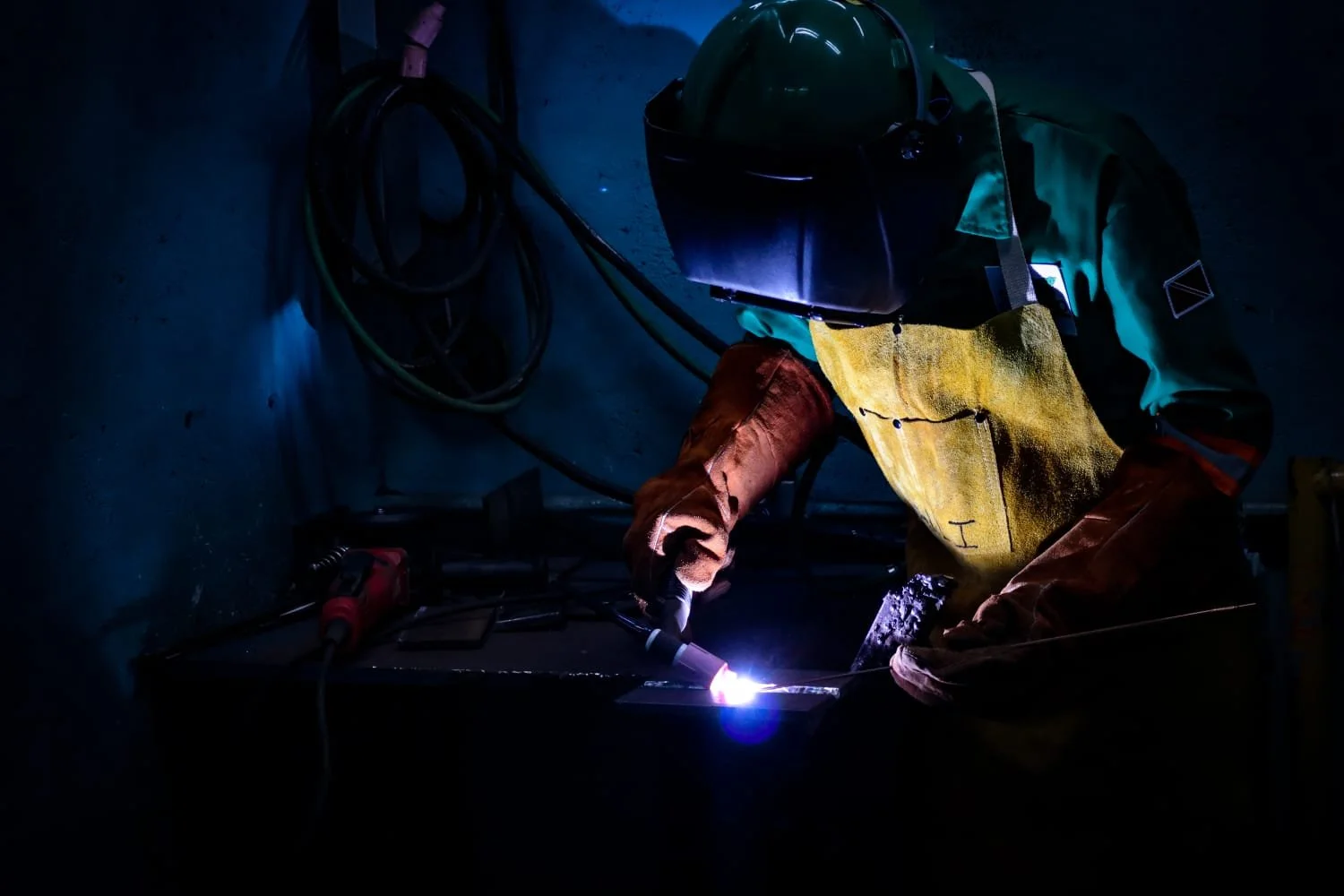In Trinidad & Tobago, every employee of a contractor or service company entering any of the downstream gas industry facilities, including the LNG facility, all the petrochemical plants, other heavy industrial plants and the power generation facilities must complete a basic assessment of their HSE knowledge once every two years. This is called the PLEA assessment and it has to be successfully completed by everyone working for a contractor or service company who needs to enter one of the plants, from company directors to garbage collectors. The assessment is administered through a computer-based system, mainly at the Energy Chamber’s offices in Point Lisas (though sometimes at remote locations if there is a need). Data about who has completed the PLEA assessment therefore gives a good snapshot of the downstream contractor labour force.
The total number of people taking the PLEA assessment dropped by over forty percent between 2019 and 2020 and dropped again slightly from 2020 to 2021. This data indicates a major drop in the number of people who would have earned at least some income working on one of the facilities during this period. As the pandemic hit and COVID prevention measures were introduced, many of the plants significantly cut back on their contractor labour force to help stem the rate of infection. The global slowdown in economic activity led to significant decreases in commodity prices and some plants were also mothballed during this period.
For the first six weeks of 2022, the Energy Chamber has experienced a higher than normal number of PLEA candidates coming forward, so the hope is that the worst impacts of the pandemic are now behind us.
It should also be recognised that prior to the end of 2018 there were also many contractor workers at the Point a Pierre refinery who also needed to have a PLEA assessment, as well as the workers who were constructing the Caribbean Gas Chemicals plant, where the main construction activity wound down between 2019 and 2020.
Trinidad & Tobago has achieved high levels of local employment in the downstream contractor labour force, with ninety-nine percent of workers being Trinidad & Tobago nationals in 2021. This pattern predated the pandemic border closures, with just 127 non-nationals being part of this labour force in 2019, compared to almost fifteen thousand Trinidad & Tobago nationals. In 2021 there were just 54 non-nationals, compared to 9,069 Trinidad & Tobago citizens and permanent residents. Venezuelans comprised the biggest category of non-nationals in 2021, followed by Jamaicans and Guyanese.



